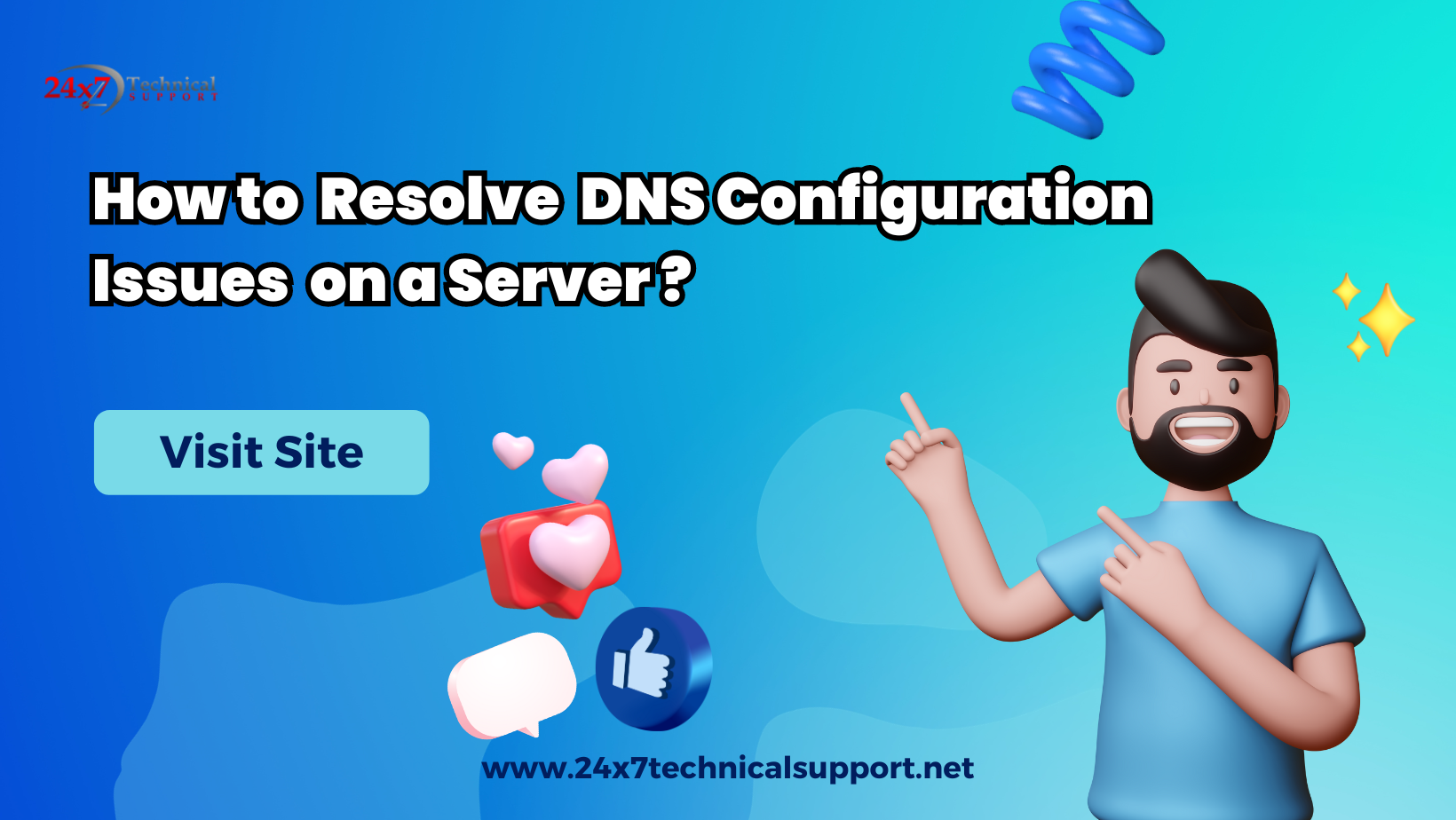
If you’re grappling with DNS configuration issues on your server, optimizing its performance can be a game-changer. In this comprehensive guide, we’ll delve into resolving these issues effectively for a smoother server experience.
Verify DNS Settings for Seamless Functionality
To ensure your server operates seamlessly, start by confirming the accuracy of your DNS settings. Accurate server-to-DNS server connections lay the foundation for optimal performance.
Configuration File Check: Avoiding Typos and Misconfigurations
Navigate through your server’s configuration files, such as /etc/network/interfaces on Linux. Typos and misconfigurations can be lurking here, impacting your server’s ability to communicate with DNS servers.
Network Connectivity: Ping and Trace for Swift Resolution
Utilize the ping command to confirm your server’s reachability to DNS servers. Additionally, employ traceroute to identify and resolve any network issues that might impede communication.
Firewall Inspection: A Critical Analysis
Examine your firewall settings; at times, they may be the culprits behind blocked DNS requests. Ensure your firewall configurations align with the seamless functioning of DNS on your server.
Advanced Troubleshooting Techniques
Clearing DNS Cache: Eliminate Conflicts and Outdated Entries
Regularly clear your server’s DNS cache to eliminate potential conflicts and outdated entries. Execute commands like ipconfig /flushdns on Windows or sudo systemd-resolve --flush-caches on Linux for efficient cache clearance.
NSLookup and Diagnostics Tools: A Deep Dive into DNS Resolution
Leverage tools like nslookup to directly query DNS servers. These tools provide valuable insights into DNS resolution, aiding in pinpointing and resolving configuration issues.
Engage the Tech Community: Seek Support and Share Experiences
In the ever-evolving tech landscape, collaboration is key. Join forums and online communities like Stack Overflow to seek advice, share your specific DNS configuration issues, and benefit from the experiences of seasoned professionals.
Tap into Official Documentation and Online Resources
Official Documentation: A Reliable Source for Solutions
Consult your server and DNS software’s official documentation for specific solutions to common issues. The documentation often serves as a comprehensive resource for troubleshooting.
Online Tutorials and Guides: Step-by-Step Solutions
Explore online tutorials and guides that offer step-by-step solutions. Blogs and video tutorials can provide valuable insights into resolving DNS configuration issues effectively.
Conclusion: Navigate DNS Configuration Challenges with Confidence
In conclusion, resolving DNS configuration issues on your server is a task that demands precision and proactive measures. By following these steps and leveraging available resources, you can optimize your server’s performance and ensure a seamless user experience.
Remember, the tech community is a vast and supportive space. Share your experiences, seek guidance, and let’s conquer DNS configuration challenges together!